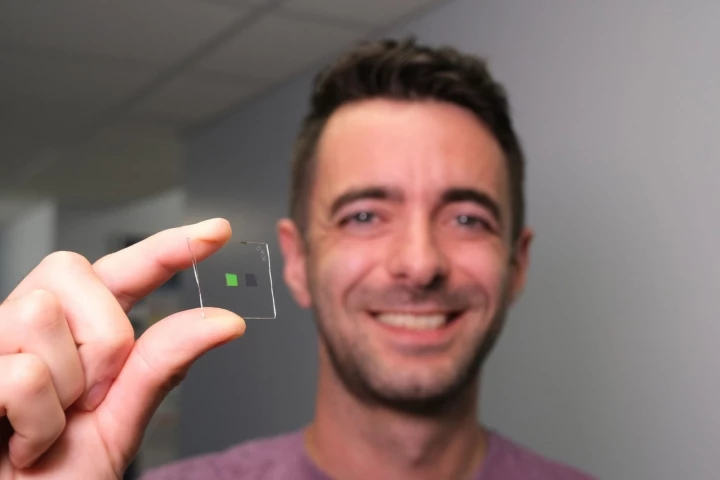Counterfeiting
-
Scientists at Purdue University have come up with en edible security tag that can be integrated into medicine and emit distinctive light patterns when exposed to LED lights as a way to guarantee its safety and authenticity.
-
As is the case with items that are manufactured in more traditional manners, it's certainly possible for 3D-printed products to be counterfeited. A new system could help identify such bogus goods, by printing a unique code right into objects.
-
A tiny artificial tongue which can identify individual whiskies by taste has been invented by a team of Scottish engineers . The device could mean big things for drink makers wanting to ensure a consistent product, and protect their precious brands from counterfeiters at the same time.
-
In the developing world, about 10 percent of medications are actually inferior counterfeits of the real thing. Unfortunately, these same regions often lack the equipment needed for detecting those fakes. An inexpensive new system, however, could remedy that problem.
-
It seems that the more technology progresses, the easier it becomes to produce convincing counterfeit goods. Scientists at the University of Copenhagen are fighting back, however, with product tags that they claim cannot be replicated – even by an item's legitimate manufacturer.
-
Although 3D printers are able to produce some amazing objects, they can also crank out counterfeit goods, illegal firearms, and other not-so-nice creations. Soon, if someone is suspected of making such items, it could be possible to match the objects to that person's printer.
-
In developing nations, unscrupulous companies routinely produce counterfeit or diluted antibiotics. Unfortunately, those same countries often lack the expensive lab equipment needed to detect fakes. There could be hope, however, in the form of a simple new paper device.
-
As more and more products are manufactured via 3D printing, the potential for 3D-printed counterfeit versions rises accordingly. With that in mind, scientists have devised a method of ensuring that a printed item is the real thing, by building an "exploded" QR code into it.
-
We've already heard about an experimental technique for detecting counterfeit olive oil, that involves adding synthetic DNA to the genuine product. Now, German scientists are exploring the possibility of using added tomato DNA to keep bogus breast implants off the market.
-
It's possible that the honey you buy in the supermarket isn't pure – unscrupulous suppliers will often dilute it with cheaper substances such as corn syrup or molasses. An "electronic tongue," however, is claimed to detect such added ingredients faster than ever before.
-
IBM Research has released its annual “5 in 5” list, outlining five technologies that the company believes will be instrumental over the next five years. This year’s list focuses on security and AI, predicting that by 2023 we’ll have unhackable encryption, unbiased AI and mainstream quantum computers
-
Serving counterfeit liquor is not only unethical, but depending on the contents of that liquor, can also be dangerous to the people consuming it. It was with this in mind that scientists recently developed a portable device that can tell fake booze from the real thing.
Load More










